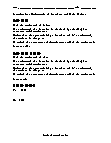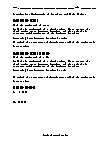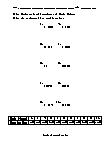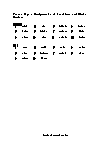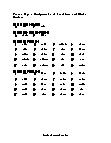Reciprocals of Fractions Worksheets
What Are the Reciprocals of Fractions? A fraction has two parts or components or features. One is the numerator, which is its top part, the other is the denominator, which is its second part. Take the example of this fraction. 2/5. The top part is the numerator, and the bottom part is the denominator. To get the reciprocal of a fraction, all you have to do is turn it upside down, and you will have the reciprocal of a fraction. Invert the above fraction; you will have: 5/2. Examples include: 3/4 = 4/3, 18/9 = 9/18, 1/10 = 10/1. Take a look at the above examples carefully and note that the reciprocal of the fraction 1/10. An interesting thing to note in making reciprocals is that if we happen to have one as a denominator, it will render the fraction as a simple integer, and the number will only be considered 10. To find the reciprocal of a mixed number, first, convert it to an improper fraction and then turn it upside down.
-
Basic Lesson
Demonstrates how to find the reciprocal of a fraction. Includes practice problems. Find the reciprocal of 31/75 The reciprocal of a fraction is obtained by switching its numerator and denominator. Notice that when you multiply a fraction and its reciprocal, the product is always 1. We switch the numerator and denominator to find the reciprocal. Answer: 75/31.
View worksheet -
Intermediate Lesson
Explains how to find the reciprocal of a mixed number. To find the reciprocal of a mixed number, first convert the mixed number to an improper fraction, and then switch the numerator and denominator of the improper fraction.
View worksheet -
Independent Practice 1
Students find the reciprocals of a fractions. The answers can be found below.
View worksheet -
Independent Practice 2
20 problems that review all skills within the unit. The answer key is below.
View worksheet -
Homework Worksheet
12 problems to reinforce the lessons and practice pages. An example is provided
View worksheet
Tricky...
Have your dad divide 30 by 1/2 and add 10 and see what answer he comes up with. If he answers 25, you've caught him! To divide 30 by 1/2, you multiply by the reciprocal of 1/2; which is 2. Add the 10 and the answer is 70.
